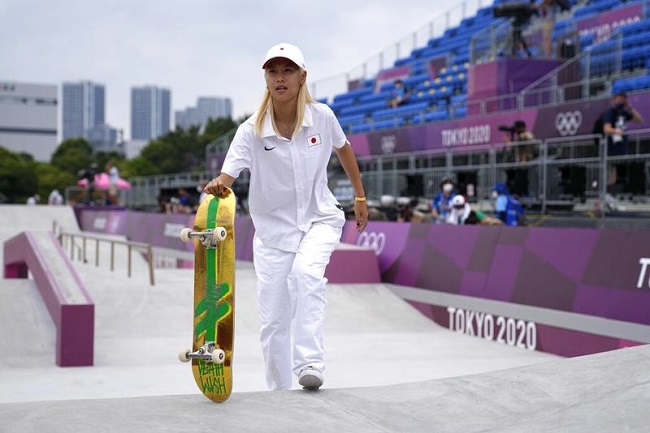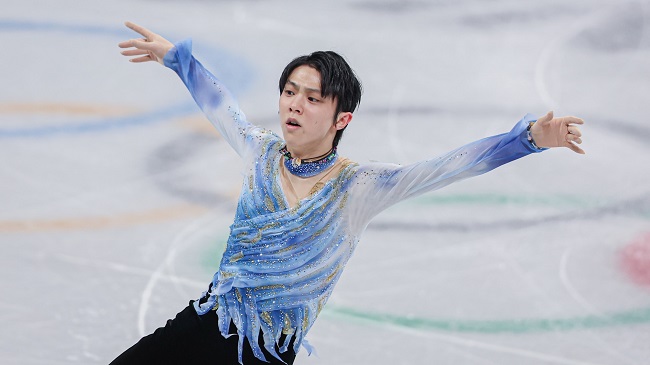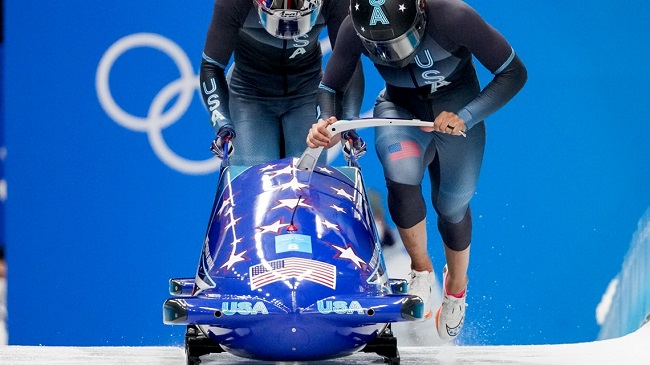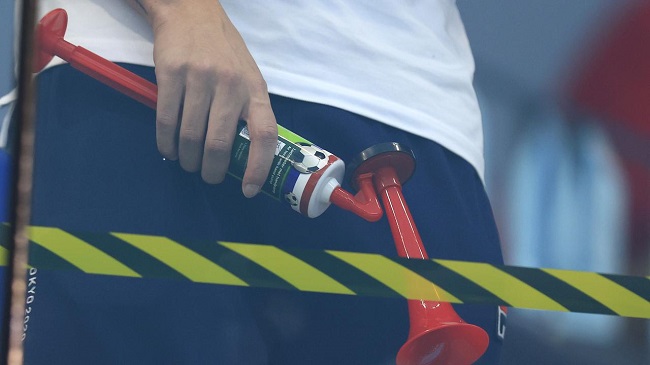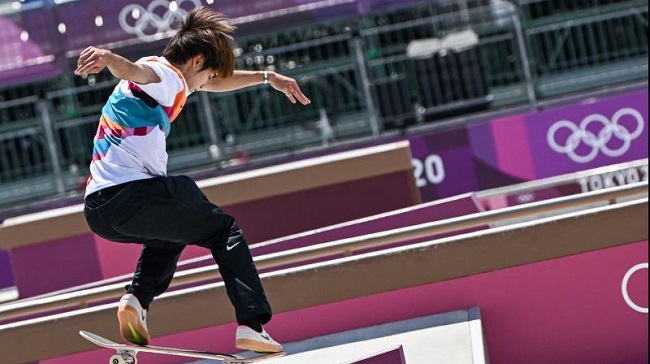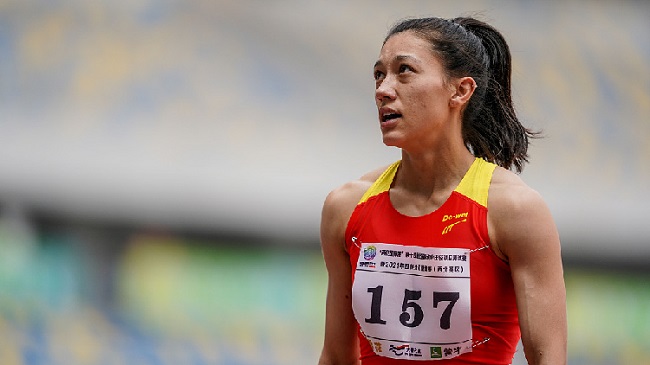There were a total of seven fencing events at the 1956 Summer Olympics, and one of them was the men’s foil. The event occurred for the eleventh time this year.
On November 26, 1956, the competition began. There were 32 fencers representing 14 countries. Since 1928, countries could only send three fencers to the competition.
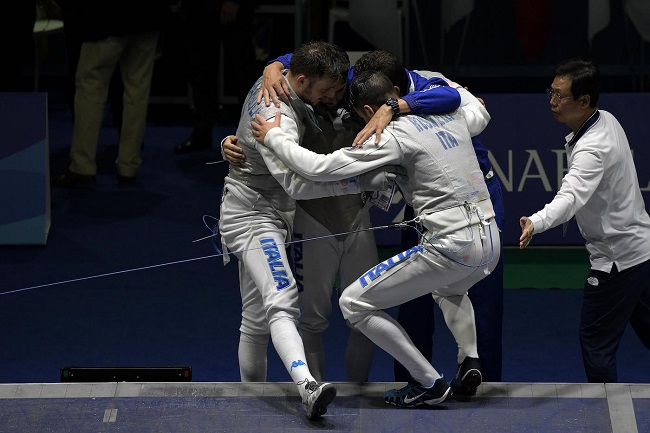
Fencing at the Summer Olympics – Individual Foil
Frenchman Christian d’Oriola won the event, making him only the second man to successfully defend an Olympic title in the foil and the second man to earn three medals in the sport (he had a silver medal in 1948 along with gold in 1952). France won for the seventh time overall and the third time in a row.
In the same way that Italians occupied the following two slots in 1952, this time it was Giancarlo Bergamini and Antonio Spallino.
Background
The event made its 12th appearance at the Olympics, which it has done every year save 1908. (when there was a foil display only rather than a medal event). Silver medalist Edoardo Mangiarotti of Italy, gold medalist Christian d’Oriola of France, fourth-place finisher Jacques Lataste of France, and eighth-place finisher Giancarlo Bergamini of Italy all competed again in 1952.
It was widely expected that the French and Italian teams would win. Since the Helsinki Olympics, D’Oriola had competed in and placed second at two more world championships, both of which were won by József Gyuricza of Hungary.
On the men’s foil scene, Germany’s United Team made its debut. The United States competed for the eleventh time, making it the nation with the most appearances overall (12 total) since the game began in 1896.
System of Competition
Due to the reduced number of competitors, the tournament was just three rounds long. For each round, fencers played a round-robin inside their own pool. In each round, the first person to reach five touches wins.
Ties hindering progress were broken with barricades (touches against were the first tie-breaker used to give ranks when the rank did not matter). However, only the minimum amount of fencing was done to decide progress, hence some matches never happened if the pool’s advancing fencers could be established in advance.
Touches had to be made with the tip of the foil, the target area was restricted to the torso, and priority determined who won in the case of a double touch, all as per standard foil regulations.
In the quarterfinals, fencers were divided into four pools of eight. Those who finished in the top four spots in their respective quarterfinal bouts proceeded to the semis.
For the semi-finals, 16 fencers were divided into two pools of eight. Each semi-top final’s four fencers moved on to the championship round.
Overall, there were eight fencers in the winning pool.
Last Words
Thanks for reading our article Fencing at the Summer Olympics – Individual Foil. Continue reading and have a good day.








